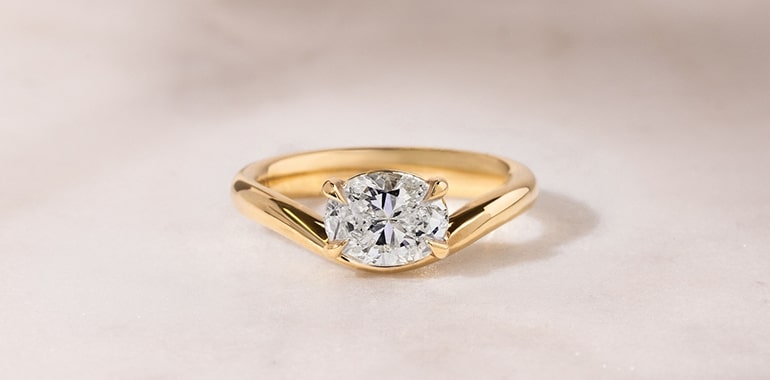Holiday Deadlines
Order in Time for Christmas
| Bespoke Diamond Set Wedding Rings: | 5 December |
| Bespoke Plain Wedding Rings (no diamonds): | 12 December |
| Ready To Wear Engagement Rings, Wedding Rings & Fine Jewellery: | 23 December |
Miss a deadline? We may still be able to help. Reach out to our studio to see if we can work a Christmas miracle for you.
*Time frames may vary between studios depending on the number of pre-Christmas orders received. To avoid disappointment, please contact your nearest studio for more details. A deposit must be paid and the design and gemstones confirmed by each deadline date, respectively, in 2025. If you require postage, please add an additional 2-3 working days to your timeline.

